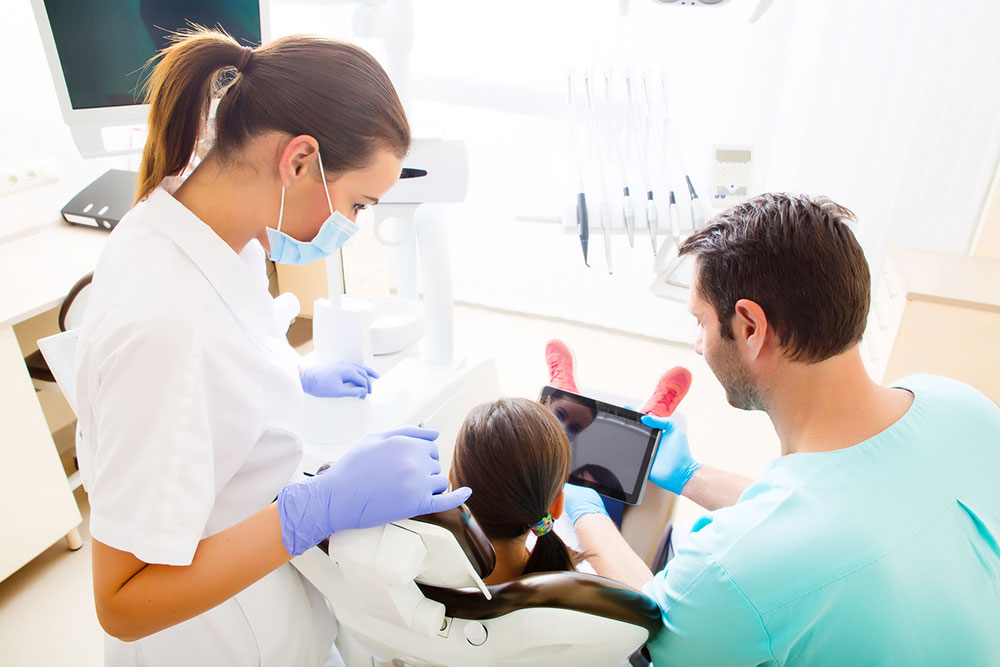
Common Types of Oral Cancer
Cancer that develops in the tissues of the mouth or throat, and appears to be a sore or some sort of growth that won’t go away is oral cancer. Most of the types of oral cancer develops in the squamous cells. In the US alone, there are more than 49, 000 cases of oral cancer diagnosed every year.
While it is true that early detection is key to better chances of survival, the condition is often detected when it has already spread to the lymph nodes. In most cases, the dentist is the first health care professional to observe the signs of oral cancer. The primary causes of contracting any type of oral cancer are smoking, excessive consumption of alcohol, and spending a lot of time under the sun without any protection.
The treatment of the condition depends on the specific location of the cancerous cells, which also determines the oral cancer types.
1. Lips
Lip cancer is a common oral cancer type where the cells in the lips grow abnormally and form lesions or tumors. These develop in the flat and thin squamous cells that form the inner lining of the lips and other areas of the oral cavity. The symptoms include sores or a lump on the lips that do not go away, bleeding, pain or numbness of the lips.
2. Tongue
Cancer cells can develop in any of the two parts of the tongue, oral tongue or the base of the tongue. The risk factors for this type of cancer include belonging to the male sex and being over the age of 40. It is characterized by dark, white or red patches on the tongue, a sore throat, a sore spot (ulcer) or a lump that does not subside, numbness of the mouth, bleeding from the tongue, and pain when swallowing.
3. Gums
Gum cancer begins in the upper or lower gums when the cells divide and grow uncontrollably. Often, this cancer is mistaken for gingivitis. The symptoms include bleeding gums, thickened areas in the gums, and white, red or dark patches on the gums. Gum cancers are curable when detected early, a routine dental exam is generally sufficient for your doctor to observe any signs of it. Surgery is generally recommended, but in certain cases, a combination of treatments may be recommended.
4. Floor of the mouth
This cancer type develops when the cells grow and divide in the floor of the mouth. This oral cancer type is sometimes mistaken as a canker sore. Its most visible symptom is a sore in the mouth that does not go away and keeps getting bigger, other symptoms include red, white or dark patches in the mouth, pain in the mouth or a lump in the neck.
5. Inner cheek
This cancer is also called buccal mucosa cancer and develops in the flat and thin cells that line the buccal mucosa and other parts of the mouth. This oral cancer type is classified as squamous cell carcinoma. If the cancer is on the outer cheek, it is called skin cancer. In this, there are other symptoms such as difficulty in moving the jaw, hoarseness, jaw pain, ear pain, and dentures that do not fit.
6. Hard palate
The palate is the bony part of the roof of the mouth which creates a barrier between the mouth and the nasal cavity. This oral cancer type generally spreads to the nasal cavity in its advanced stages. An ulcer in the roof of the mouth that bleeds over time is the common symptom of this condition. Other than that, symptoms include bad breath, loose teeth, pain around the teeth, difficulty in swallowing or moving the jaw, and a lump that does not go away.



